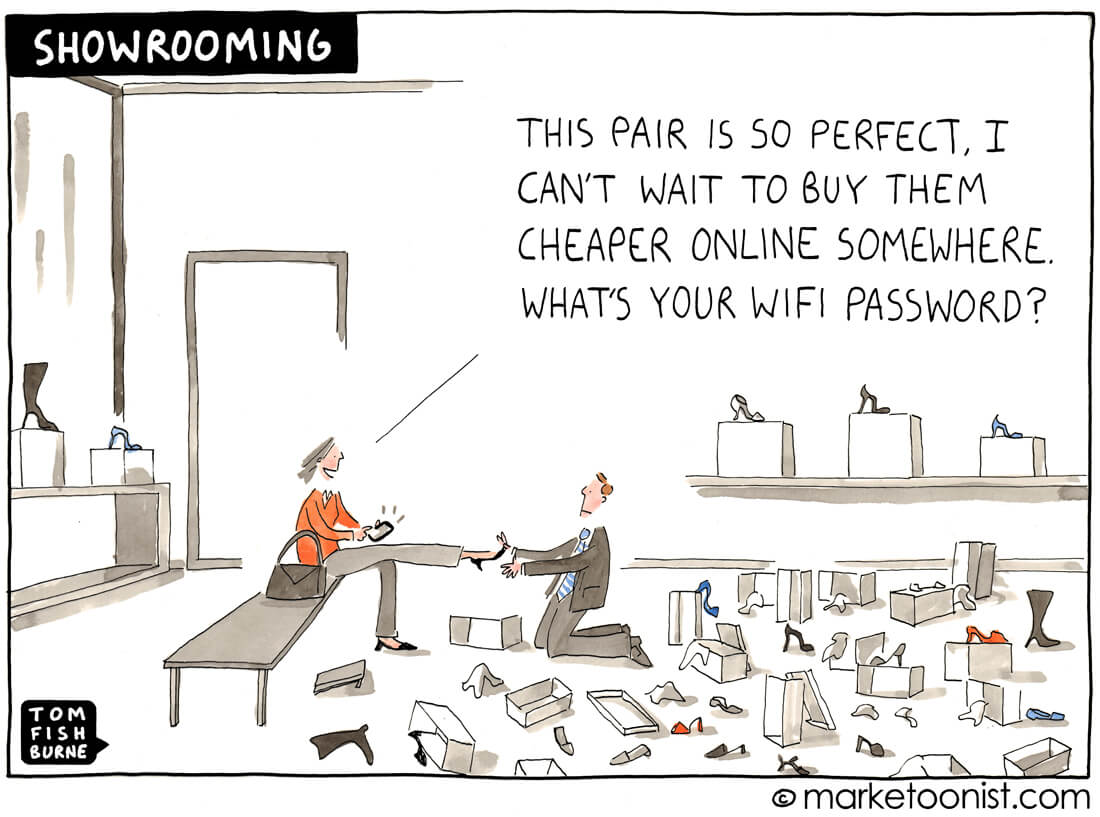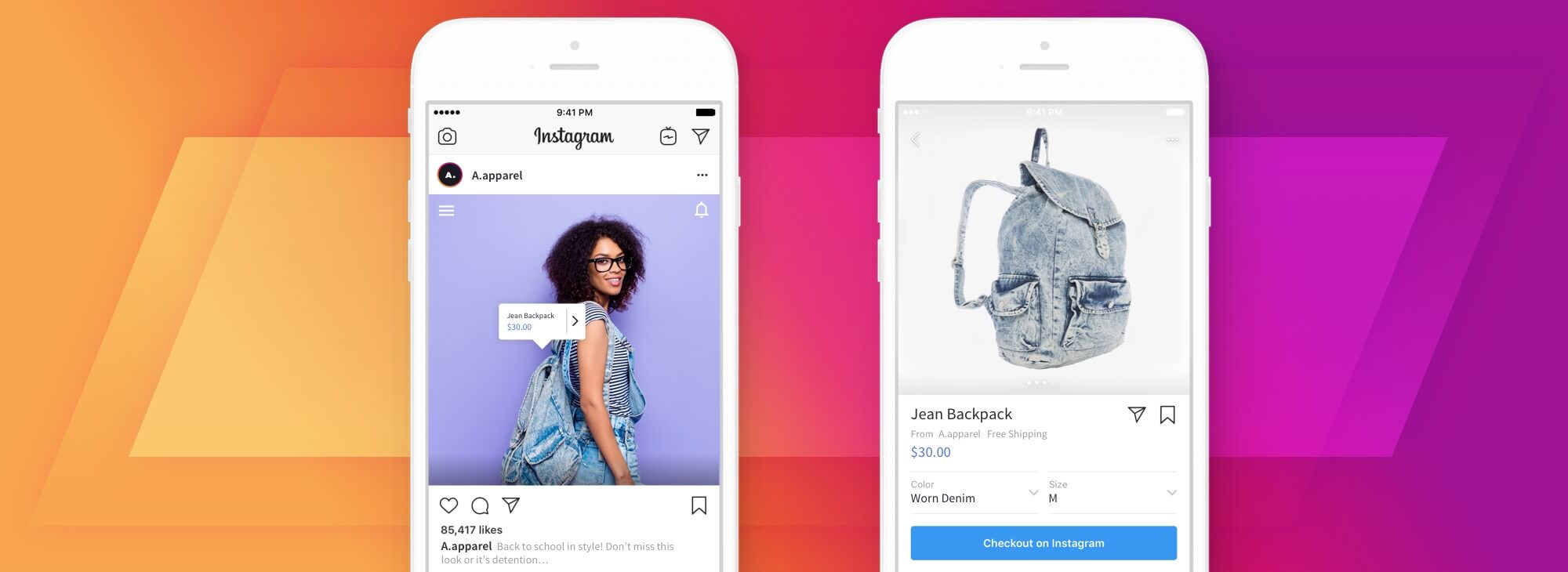News Flash: COVID-19 royally screwed things up. It’s also had a bunch of unexpected consequences that leapfrogged the normal order of things. Like grandmothers setting up Zoom video chats. Big budget movies premiering on your TV. Knitting being cool. And a racoon approving you for a mortgage.
What’s another unexpected consequence of COVID-19?
The acceleration of doing business online.
You’ve probably noticed we do a lot more things online these days than we did a decade, year, month, ten seconds ago. This is especially true for digitizing businesses. The steady shift towards online branding, advertising, and commerce is in full effect. Yet, surprisingly not everyone has jumped on the digital bandwagon.
So what does that mean if you want to know how to digitize your business? Let’s talk through it…
Not too long ago it was found 46% of small businesses did not have a web presence of any kind. We hope that’s not the case anymore because COVID-19 boosted Internet use by a whopping 70%! Before the Coronavirus struck, Nasdaq estimated that by 2040, 95% of purchases would be made through eCommerce. That timeframe for SME (small-to-medium size enterprise) digitization has likely shrunk by a lot.
Quite simply, the pandemic deepened the digital divide between those businesses active online and those who aren’t. That’s not as delightful a consequence as the uptick in knitted dog sweaters, but just as important to be aware of. But it also means that the concept of SME digitization is more important than ever!
In the not-so-distant future, every business will either need to get online or risk falling behind. Those slow to react and still reliant on more traditional business models — like brick and mortar — will fight for survival, while those that cater to customers on the internets will see their gains amplified.
Just like grandma knowing more about Facetime than you do, this is the new normal.
So the question becomes, how will you position your business for success?
Our advice: Digitize your business. Today.
Why should you digitize your business?
Here are just a few reasons:
- Everyone is going to be online sooner or later
- You need to stay in touch with your customers
- You need to keep generating revenue
- You don’t want to lose market share to your competitors
To help ensure your business is on the digital fast track to success, below are some of the best ways to digitize your business and beef up your online game.
Step 1: Get Online
We’re willing to bet you’ve used a screen recently. You’re probably even reading this on a screen right now. Which means — SURPRISE — you’re online!

Well, you’re not alone. Every man, woman, and child is doing exactly the same thing. Even the cat is on Instacart these days placing orders to Petco.
(Obviously that’s a fake photo. Nobody uses an iPhone 4 anymore)
What’s the primary mandate of doing business?
Be where your customers are.
Your customers (and their cats) are online. So the first step to reaching them is to get online, build an online presence, and engage them online. Emphasis on the word “online.” See a theme forming here? If you’re digitizing your business than it’s important to realize that your brand’s website cant just be an afterthought or a placeholder for your online presence – it needs to be a full-blown digital marketing hub in and of itself.
Step 2: Build a Website (and Sell Through It)
A branded website is the heartbeat of any successfully digitized business. All other online activity funnels into your site which in turn funnels traffic into paying customers, both online and offline.
Here are a few of the awesome things a website can do:
- Give your business legitimacy
- Act as your directory listing (especially for local businesses)
- Provide a means for lead generation
- Directly generate revenue & sales
- Provide a means for data collection & KPI tracking
- Outperform competitors
- Facilitate webrooming
- Establish a brand identity and grow customer loyalty
- Garner organic traffic for “brand” and “navigational” search queries
Never heard of “webrooming?”
Webrooming is the consumer practice of researching products online before buying them in a physical, brick-and-mortar store. (Think visiting a showroom, only on the web.)
All the cool kids bizzes are doing it.
Even the most locally of physically in-person based operations on the planet need a website. Over 80% of consumers do research online before heading out to a store. If your business isn’t online with a site showcasing (aka webcasing) your products and services then those consumers aren’t coming to your store. Plain and simple.
Or just as worse:
An online site increases your offline profits. That’s just math.
Your site doesn’t have to be the next Amazon. In some cases a one-pager will even suffice. The goal is to create the webpages you need to help:
- Build up your SEO
- Generate leads
- List your offerings
- Provide contact information
Once those are covered, you can expand into an eCommerce platform, and conduct customer transactions directly through your site. You can also enrich the experience by implementing structured data, such as Product schema.
Just remember, whether it’s one page or 1,000, your website needs to look good and work even better.
Step 3: Build Social Profiles (and Sell Through Them)
Granted, transitioning online is hard. And it can get costly.
But even if you don’t have the immediate funds available to build the world’s greatest website, there’s no reason why you can’t build the world’s greatest social media presence. If done right, you can learn how to digitize your business with social strategies.
Heck, it’s how Poo-Pourri, the Arab Spring, and Justin Bieber got their start. If social media is good enough for the Biebs, it’s good enough for you.
Best of all, creating a social media account is totally free. Facebook, Twitter, Instagram, LinkedIn, YouTube, TikTok, it’s all yours for the taking. Except Google+. That no longer exists. If you still have a Google+ button on your website, please remove it. (If you still have a MySpace button on your website, call us immediately.)
How wonderful is social media for digitizing your business?
You can even use certain social media platforms as eCommerce platforms.
For example, Instagram has been rolling out a checkout feature that allows users to make purchases without ever leaving the app. They also offer Instagram Shopping, which provides brands the ability to add tags to posts that link directly to product pages on their site. (See! That website’s already coming in handy.)
But even if you can’t take advantage of social media shopping features or don’t have an eCommerce-capable site, you can easily generate sales through online brand awareness using social media. To craft a winning strategy all you need is some creativity and time.
What’s that you say? You don’t have all the time in the world to start twittering at people. We get it. You’re really busy.

But you don’t need to spread yourself (or your budget) too thin trying to stay active on social media.
In fact, we recommend against that.
All too often we see businesses try to keep up with all the latest online trends by juggling a ridiculous amount of social media accounts. Far better is to focus on a select few social media channels and do it right.
Not sure where to start? Should you tweet, gram, post, tumble, or tok?
Facebook and Instagram are two of the top choices, particularly because of how well they tie-in with commerce activity and online advertising. Go ahead and add LinkedIn to that list for B2B companies. We also recommend amplifying your digital strategy with video because it routinely produces the highest ROI, and can be easily shared across all your social accounts.
And just like that, you have a solid online presence. Now, let’s share it with the world.
Step 4: Google Your Business
No, we don’t mean doing a google search for your business.
We mean creating, updating, and optimizing your Google My Business account for selling. (While you’re at it do the same for Bing Places. According to Wordstream, nearly half the US uses Bing. Crazy, right?) For complete SME digitization, understanding how these platforms are crucial for small businesses is key to long-term growth.
Having a well-rounded Google My Business account is a must for locally-focused businesses, but it’s equally as important for non-localized brands as well.
Your Google My Business account helps you:
- Brand your Knowledge Panel (aka Google’s sidebar)
- Qualify for Local Results
- Generate leads with clickable phone and contact info
- Post photos, updates, and offers
- Manage your online reputation
- Boost your appeal with reviews
- Reply directly to customer queries
Think of Google My Business as a way to advertise for free on Google.
Also think of it as one of the first touchpoints your customers will have with your business.
What’s more, GMB has a lot of great ways to funnel your customers into making a conversion. One of the best (and most underrated) is its posting feature. Through it you can share offers, announcements, news, and products directly on SERP, using calls-to-action and retargeting.
Google My Business is also a key component of SEO.
Which leads us nicely into….
Step 5: Drive Sales with SEO
Though SEO optimization is typically viewed as a means to improve site traffic, it is also one of the best ways to drive sales – especially for SME digitization. Have your doubts? Feast your eyes on this:
- 39% of global e-commerce traffic comes from search
- Over 40% of revenue is generated through organic traffic
- 53% of all internet traffic comes through search engines
And that’s just the tip of the digital iceberg.
We previously broke down the top benefits of SEO, the best being that companies generate a higher ROI from organic traffic than any other traffic source. The key to profitable SEO is to optimize your website and online content to attract high-quality traffic. This is done by strategically targeting sales-friendly queries and writing with conversions in mind.
Well, that’s actually the short of it. There’s a lot that goes into SEO from site structuring, speed optimization, content creation, backlinking, competitive analysis, the laundry list goes on. All of which when puzzled together correctly can skyrocket your online visibility, traffic, and sales.
Point being, getting online is only half the battle for the process of digitizing business. The rest is making sure your customers find you. That’s where SEO comes in, along with….
Step 6: Paid Online Advertising
Okay, so you’ve gotten online, set up a website, sent out a few tweets, and maybe even found yourself in a Google search.
HIGH FIVE!
It’s official — your business is digitized!

But we’re not done yet.
As more and more businesses move to doing business online, competition is going to tighten. So how does one stand out from the crowd? How do you digitize your business on these platforms?
Digital advertising is the best place to start.
Digital advertising lets you consistently generate sales online using such marketing channels as:
- Paid Search ads aka SEM (e.g. Google AdWords)
- Paid Social ads (e.g. Facebook and Instagram Ads)
Here’s a snapshot of how some of the most popular online ad platforms can be best used in your sales funnel:
- Google Ads: for targeting audiences with strong purchase intent
- Facebook Ads: for generating leads and building brand awareness
- LinkedIn Ads: for selling B2B products and services
- Instagram Ads: for targeting younger audiences with visually strong products
Different platforms are also better for targeting different demographics. For example, Pinterest Ads are better for targeting women instead of men, as over 70% of Pinterest users are female. LinkedIn ads are useful for targeting higher-income demographics as 75% of users make $50,000/year or more.
Then there’s advertising on Amazon.
If you sell a product that people can buy online then you should be using Amazon Marketing. Case closed.
Amazon Ads are unique in that they provide direct access to every stage of the sales funnel from the research stage straight through to purchasing. Odds are your audience is likely already using Amazon anyway so why not meet them there. Want to successfully digitize your business to sell online? Then enhance your eCommerce with Amazon advertising.
But that just scratches the surface of what you need to consider.
We won’t sugarcoat it. Growing your online reach with digital advertising isn’t easy. It takes time to master, from choosing ad types to tracking the right conversions, targeting the right audiences, setting up remarketing, and beyond. It can also get costly if you don’t have a strong paid media strategy in place right out of the gate.
But with all that work, comes huge rewards.
Which is basically the motto of digitization.
Step 7: Put It All into Action Amidst the New Normal
In order to position your business for success amidst COVID-19 (and beyond) you will need to take an omnichannel approach using the digital methods listed above. Many industries are quickly being forced to realize this hard truth.
Case in point:
- Restaurant Industry: By turning to online ordering and delivery using online services like GrubHub and Postmates and promoting these new services online (that’s a lot of digitization), restaurants are finding innovative ways to get their services where they are needed most — people’s hungry bellies.
Howdy, Folks! Starting March 14 – April 26, we’ll be offering FREE DELIVERY on https://t.co/h4LE81OR5v, making it easier for everyone to enjoy my world famous fried chicken from home. Or order ahead for pick up so you can skip that line. Terms apply at https://t.co/krmxGqiPpq pic.twitter.com/6FGbnF5lNa
— KFC (@kfc) March 13, 2020
- Travel Industry: By updating and engaging customers through social media and adding time-relevant portals on their site, airlines and hotels are creating new online channels for customer service.
Please visit https://t.co/UwhffQXsaJ pic.twitter.com/XBkAEeGLZw
— Premier Inn (@premierinn) March 18, 2020
- Rainbow Tours is a perfect example of how travel-based businesses can use the digital landscape to creatively continue to provide their services. Because home quarantining doesn’t mean we can’t travel.
Stuck at home? Don’t let your wanderlust fade! Allow us to bring the rainforests and jungles of the world right to your living room with our ultimate guide to your Sofa Safari, full of ideas on how to pass the time. Happy reading! 🌍 https://t.co/osQaAUSAjT pic.twitter.com/oZzE1ybbKV
— Rainbow Tours (@RainbowToursUK) April 3, 2020
- Museum and Zoo Industry: Showing the world how to turn typically in-person activities into digital experiences. Like a virtual museum tour of the Louvre or live cams of animals doing adorable things at the San Diego Zoo. You’re never going to find shorter lines to see the Mona Lisa, or a monkey.
- Farm Industry: Salmonberry Goods is helping local farms sell produce to people who want to eat produce with their Farm Box, available for purchase online via their site. If farmer’s can digitize anyone can.
These are some examples of industries that typically do business offline, only now they need to rely on online interactions to survive. While not every online effort results in a direct sale, with SME digitization, they all build something just as valuable in the long run: brand awareness, engagement, and loyalty.
Industries like these are the ones you think would be hardest hit by the Coronavirus pandemic. But thanks to their successful digitizing they are able to get by and thrive.
Thank you Internet!
Is there nothing you can’t do?
So in conclusion, you may not want to have gone all in on digital, yet here we are — the new normal. If you want to know how to digitize your business, contact us for help.



